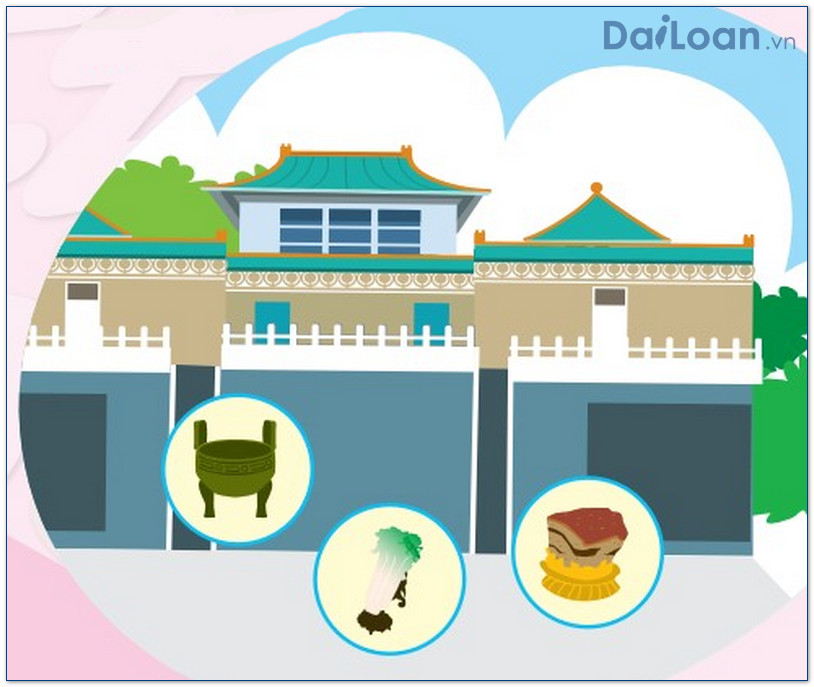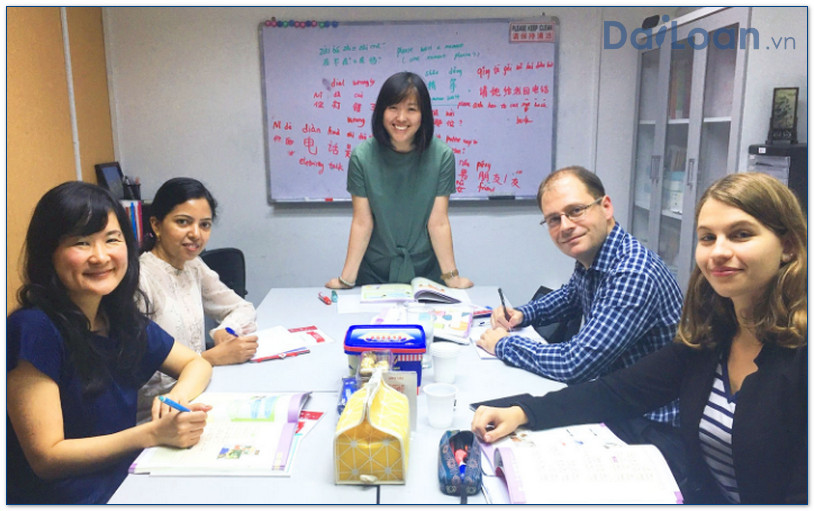Introduction
Understanding Chinese characters can be a fascinating journey, particularly when delving into specific characters like 幕 (mù). This article aims to unlock the rich meaning and grammatical structure of 幕, while providing practical examples for better comprehension. Whether you’re a language learner or an enthusiast, this exploration will enhance your understanding of the character 幕.
Understanding the Meaning of 幕 (mù)
The character 幕 (mù) primarily translates to “curtain” or “幕布” (mùbù), which denotes a screen or a backdrop used in theatrical performances. This term encapsulates not just physical curtains but metaphorically represents various “coverings” or “separators” in different contexts. For instance, in visual presentations or even social interactions, 幕 can imply the barriers or boundaries we establish.
Literal and Figurative Uses
In its literal sense, 幕 refers to an object that conceals or divides a space. In a figurative context, it can represent secrecy, hidden emotions, or the unseen aspects of life that are often hidden behind the “curtain”. Thus, mastering the use of 幕 expands beyond simple translation; it requires an appreciation of context and nuance.
The Grammatical Structure of 幕 (mù)
Grammatically, 幕 functions as a noun in sentences. However, it also shows versatility in compound words and phrases such as:
- 幕布 (mùbù) – curtain or backdrop
- 闭幕 (bìmù) – closing (of an event)
- 开幕 (kāimù) – opening (of an event)

Understanding how 幕 interacts with other characters enhances its usage, allowing for greater flexibility in speech and writing.
Placement in Sentences
As a noun, 幕 typically follows Chinese sentence structure which adheres to the Subject-Verb-Object (SVO) format, making it essential to know its place. For example:
- 他拉开了幕布。(Tā lākāile mùbù.) – He pulled open the curtain.
- 活动的闭幕仪式将在今晚举行。(Huódòng de bìmù yíshì jiàng zài jīnwǎn jǔxíng.) – The closing ceremony of the event will be held tonight.
Example Sentences Using 幕 (mù)
Incorporating 幕 into various sentences can provide clarity on its usage. Here are some examples:
Everyday Conversations
- 在剧院,我们可以看到很多华丽的幕。(Zài jùyuàn, wǒmen kěyǐ kàn dào hěnduō huálì de mù.) – In the theater, we can see many beautiful curtains.
- 她喜欢在幕后工作。(Tā xǐhuān zài mùhòu gōngzuò.) – She enjoys working behind the scenes.
In Theatrical Contexts
- 演出前,幕会关闭。(Yǎnchū qián, mù huì guānbì.) – The curtain will close before the performance starts.

- 演员们在幕上表演。(Yǎnyuánmen zài mù shàng biǎoyǎn.) – The actors perform on the curtain (stage).
Conclusion
The character 幕 (mù) is a multi-faceted component of the Chinese language. Its meaning extends beyond a mere curtain, embracing a variety of uses that enrich conversations and texts. By understanding its grammatical structure and how to incorporate it into daily dialogues, learners can significantly enhance their proficiency in Chinese. As you continue your journey, let the word 幕 remind you of the layers beneath each interaction—some visible and others shrouded, waiting to be unveiled.

Sứ mệnh của Chuyên là giúp đỡ và truyền cảm hứng cho các bạn trẻ Việt Nam sang Đài Loan học tập, sinh sống và làm việc. Là cầu nối để lan tỏa giá trị tinh hoa nguồn nhân lực Việt Nam đến với Đài Loan và trên toàn cầu.
CÓ THỂ BẠN QUAN TÂM
Du học Đài Loan
Lao Động Đài Loan
Việc Làm Đài Loan
Đơn Hàng Đài Loan
Visa Đài Loan
Du Lịch Đài Loan
Tiếng Đài Loan
KẾT NỐI VỚI CHUYÊN
Zalo: https://zalo.me/0936126566
Website: www.dailoan.vn




